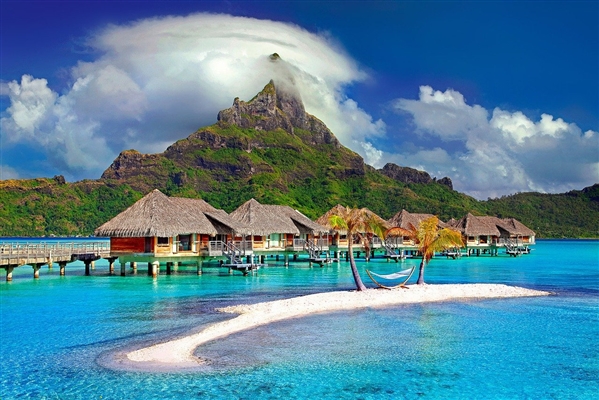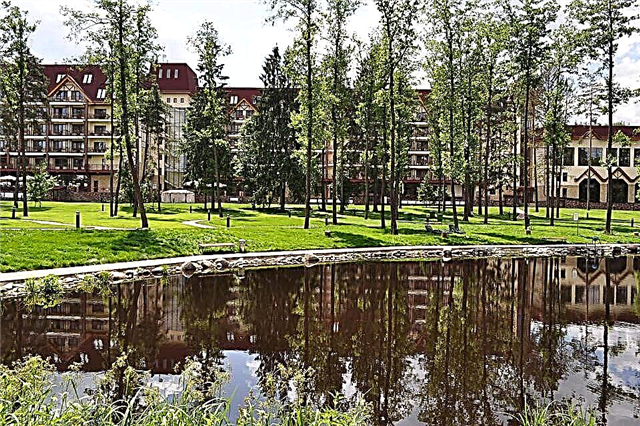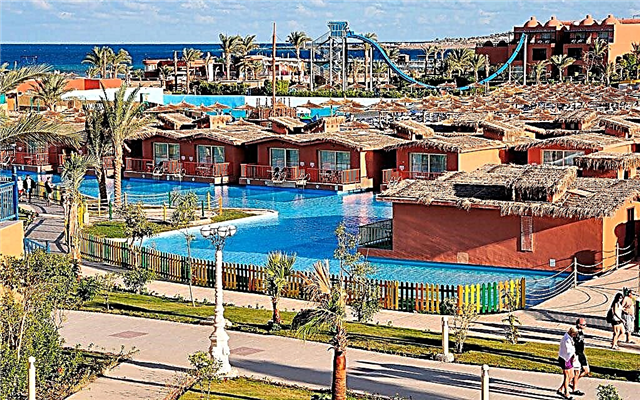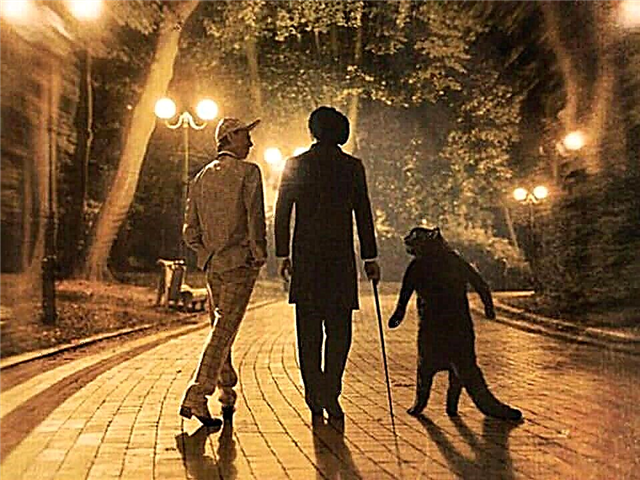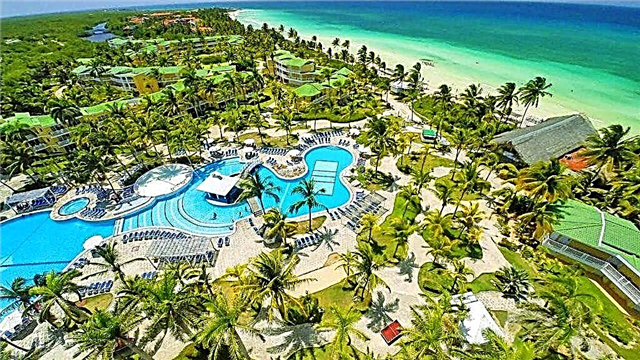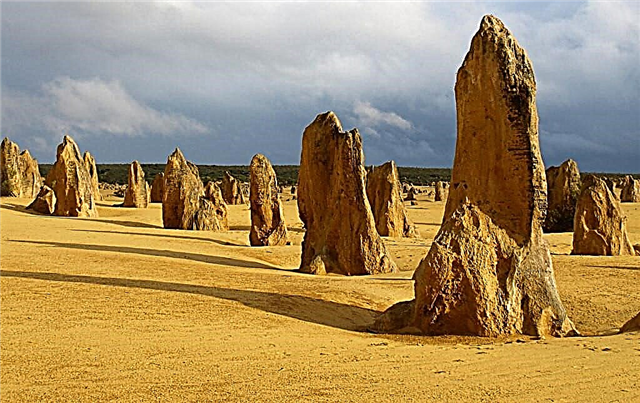When it comes to the Australian continent, many people think about the unique inhabitants of the island state, the endless ocean around and unique sights created by the hands of different generations of local residents. Of course, in addition to this, there is a whole list of objects that are the real pride of the young continent and were created by the forces of nature. But not everyone knows about the magnificent Te Pinnacles desert, which boggles the imagination with its amazing landscape and unusual rocky sculptures. It is this colorful place that will be discussed in our review.
Unique place

The name of this corner of the "green" continent is translated as "desert of pointed rocks". At first glance at the lifeless expanses, it becomes clear what exactly served as the basis for such a name. Rocky statues rise everywhere, which bear a certain resemblance to a cone or pyramid and stretch to the blue sky with pointed peaks. The height of each such "creation" ranges from 1 to 5 meters. It seems that the rocks were picked up according to certain criteria and taken to a remote corner of Australia, where today they present a whole exhibition of the creations of Mother Nature. Among the huge number of limestone figures, it is impossible to find even one pair of identical ones.
The easiest way to get to this "park of rock figures" is from the Australian town of Cervantes, which is located just 20 minutes from the picturesque corner. And even such a short trip through the beautiful expanses of the country will give a lot of new impressions. The authorities are well aware that income from the tourism business makes up a significant share in the formation of the annual budget and are doing everything to make the way to attractions and objects easier and more comfortable.

Nambang Park, which includes an amazing desert, is no exception. Tourists who are lucky enough to visit these parts do not hide their delight and call the Pinnacles the "highlight" of the National Park. But the locals have long known about the beauty of the town and have not deprived it of attention since the 60s of the last century. Thanks to the popularization of the National Park and the creation of favorable conditions for tourism, since 2008 more than 250 thousand foreigners visit the Pinnacles every year, that is, an average of 700 tourists every day!
Best time to visit

Tourists are confident that the desert appears in all its beauty between August and October. This is due to the fact that the sparse landscape of bright yellow sand and gray rocks is complemented by thousands of plants that bloom in early autumn. There are especially many tourists in the early morning or afternoon, when the sun is approaching sunset and a unique play of shadows is created around. Limestone formations seem to come to life, begin to move and whisper among themselves.
And one moment. During the hours when the area is not exposed to the scorching rays of the sun, you can see a few representatives of the local fauna. The animals seem to have gotten used to tourists a little and do not run away when they first appear. Kangaroos and Emu ostriches prefer a daytime lifestyle, and the rest of the inhabitants leave their shelters only after sunset.
Limestone peaks

Like all such formations, rocky peaks, which are simply dotted with a small area, appeared here a long time ago. Scientists have established that the main element in each statue is the remains of sea shells. But it was not possible to establish the true origin of the rocks. There are several theories of their origin, which are the subject of heated debate among Australian experts. The most logical is the theory according to which the sculptures were formed under the influence of wind and rain. The wind played the role of a "supplier" of building material, and the raindrops played the role of a cementing link. And the plants themselves and their root system acted as an additional strengthening element. Over the years, such an unusual mechanism was responsible for the formation of every centimeter of huge rocks, which today are a real decoration of the Pinnacles Desert.
Other features

As already noted, you can get to the Pinnacles by road from the town of Cervantes. But traveling through the desert itself will not work without a special car. Jeep tires, which are specially equipped for such trips, must have increased resistance to sharp stone peaks, and the suspension elements and frame are protected by special frames. Tourists who have been to the desert more than once know that outwardly dissimilar rocks are united in groups. Of particular interest to visitors is a group of limestone formations known as Ghost Silhouettes. If you look closely, you will notice that they all form a circle, and the "main" giant is in the center. It bears the name of the main ghost - Death, which seems to give instructions to other ghosts.

Visitors do not miss out on other groups of rocks, which are named after animals and objects with which they have an external resemblance. Here you can take pictures with Kangaroo, Teeth and Gates, and even "make friends" with the Redskin Leader. It is believed that the historian Harry Turner discovered the unique formations for the first time. It happened back in 1956, when the rocks acquired the official status of an Australian landmark. By the way, mentions of them were also found in the records of the first navigators and settlers, who believed that the statues were banal remains of an ancient settlement. Indeed, if you look at the desert from a bird's eye view, it will seem that on the site of the modern desert there was once a whole complex of buildings and structures.

Every visitor to the “green” continent should visit the picturesque corner of the Australian continent, where the colors of the blue sky, yellow sand and rocky formations are so successfully combined.
Recommended reading Heart Island in Australia - Makepeace.

